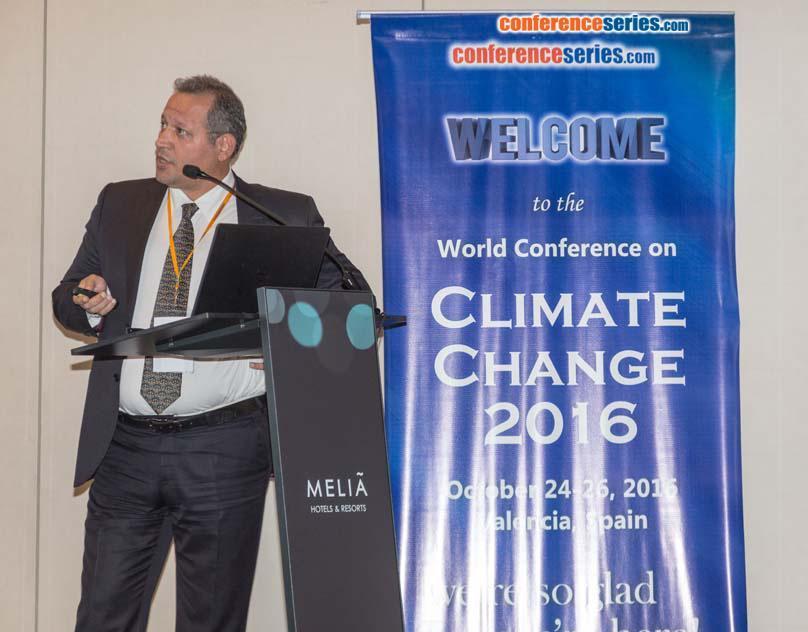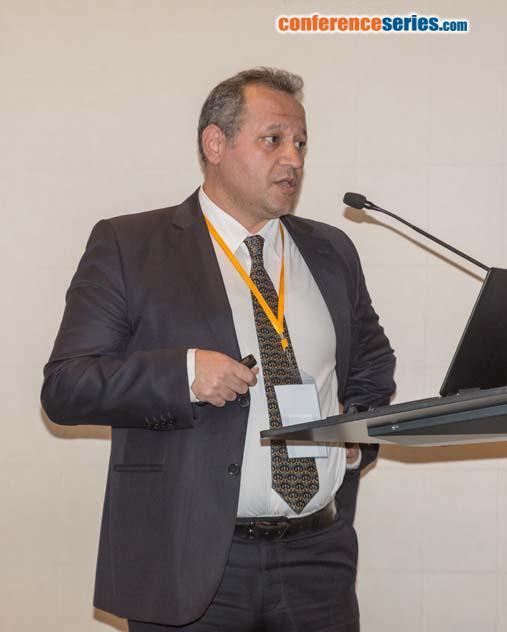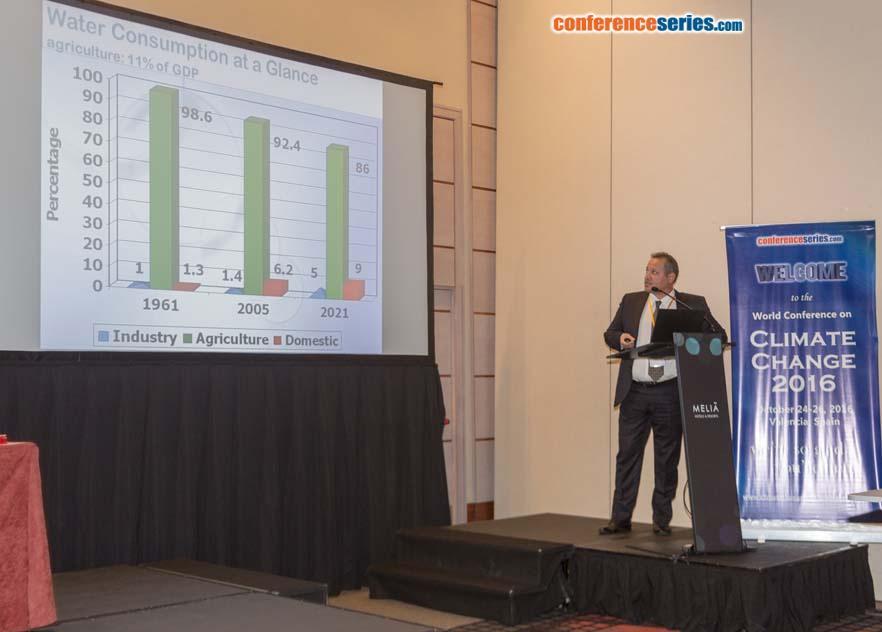
Mehrdad Farrokhi
University of Social Welfare and Rehabilitation Sciences
Iran
Title: Urbanization and its effects on water scarcity in the Islamic Republic of Iran (a Retrospective Cohort Study)
Biography
Biography: Mehrdad Farrokhi
Abstract
Any reduction in the availability of freshwater resources caused by climate change will be particularly problematic for those who live in areas already suffering water scarcity. The world urban population is expected to increase by 72 % by 2050, from 3.6 billion in 2011 to 6.3 billion in 2050. The main objective of this study was evaluating the urbanization rate and its effect on water and wastewater sector in Iran.In the beginning of the 1980s urban population exceeded rural population for the first time. According to the 2006 statistics, the urbanization rate in Iran further increased to 68.46% in the year 2006.The Islamic Republic of Iran today counts more than double the number of inhabitants than 30 years ago. It continues to grow, although not at the same rate as in the past: Since 1995, population growth has been limited to urban areas, whereas rural areas have been characterized by shrinking population numbers since that time. Today, the ratio of urban-rural population is opposite to what it was 50 years ago (2/3 of total population lives in urban area).
The number of cities more than doubled since 1986 (from 496 in 1986 to 1016 in 2006) while the number of villages in the same time span first grew and then diminished by about 7% from 68,215 in 1996 to 63,898 in 2006. The strong population growth in the past poses in urban area, is a big challenge for the water and wastewater sector now. More inhabitants use more water and generate more wastewater and in addition, infrastructure for collection and transport of wastewater needs to be extended as a consequence of rising household numbers. Water supply for urban population increased from 3544.287 million m³ in 1998 to 5177 million m³ in 2006. Compared to population growth of about 12% in the same period, to increase water supply was almost 4 times higher. Beside overall population growth, factors like continuous urbanization, the rising number of cities as well as a shrinking average household size, followed by skyrocketing household numbers, pose an important challenge for water supply and wastewater collection and treatment. In the cities wastewater quantities are bigger not only in total numbers but also per capita than in rural areas.
It is so important point that should be considered that many cities and their water catchments in Iran will get less precipitation in future that is dependent to climate change. It is concluded that special attention should be accorded to urbanization. Their high and continuously rising population, together with increased per-capita consumption poses a main threat to water resources. However, the immediate investments into the wastewater sector as a fresh water resource in cities is a necessity.
Speaker Presentations
Speaker PDFs
Speaker PPTs Click Here



